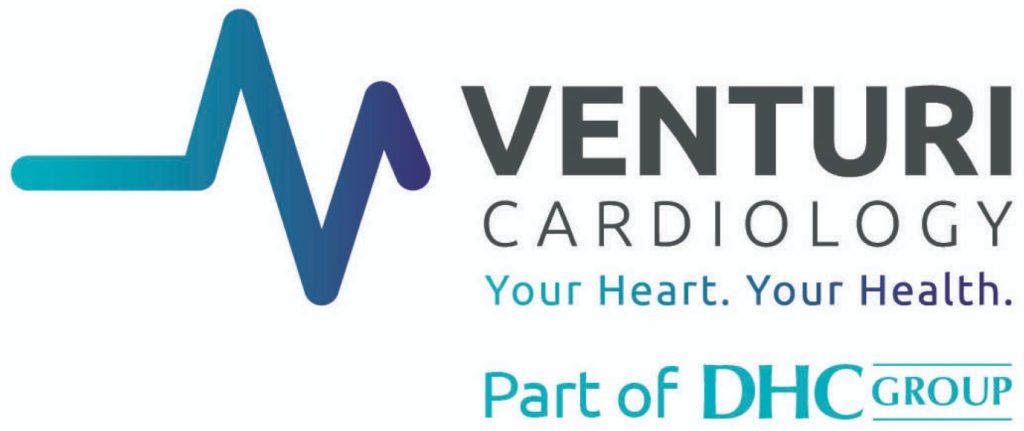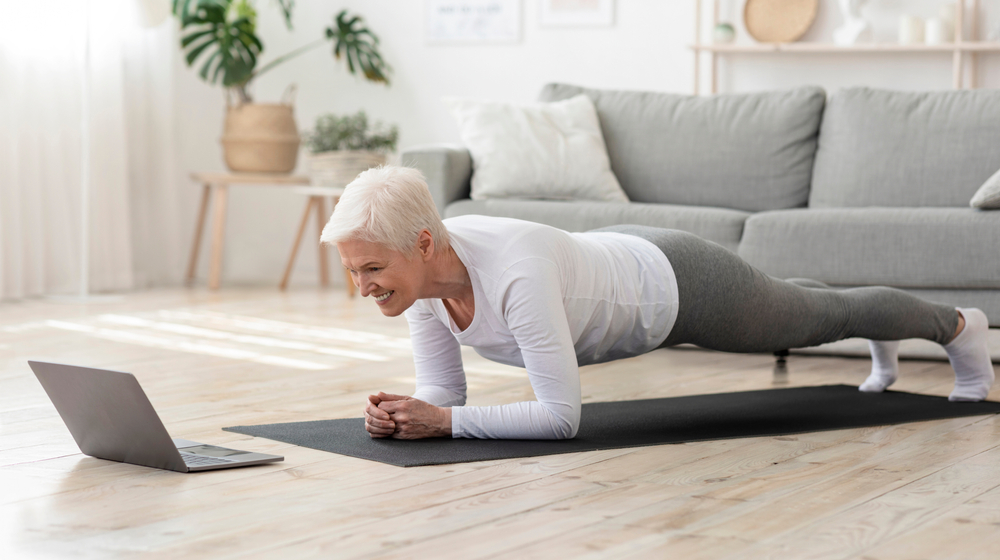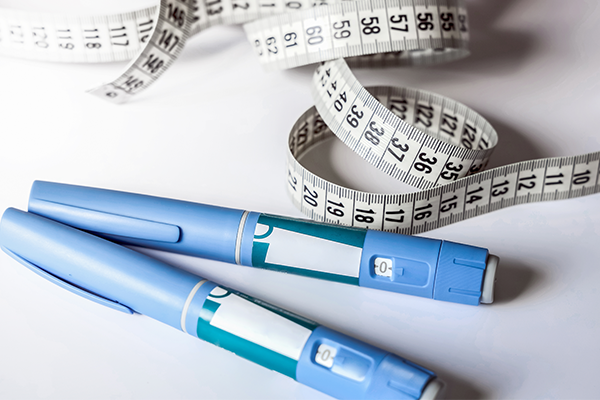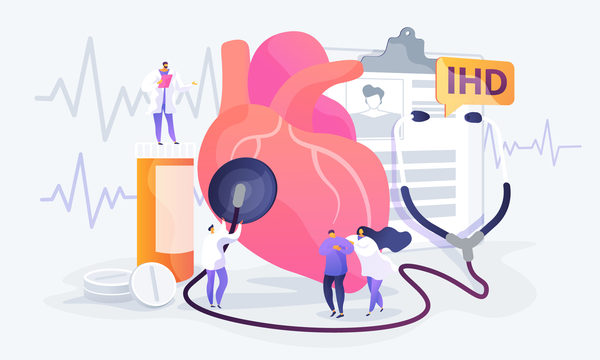Stay lean and strong into middle-age and beyond
Yoga has many well-known benefits including, better sleep, improved concentration and focus, a calmer mindset, and a stronger leaner body which is more supple and less likely to sustain injury.
It has also been said that yoga may have benefits for heart health. An article from the Harvard medical school said “A small but promising body of research suggests that yoga’s combination of stretching, gentle activity, breathing, and mindfulness may have special benefits for people with cardiovascular disease.” It may be beneficial to find a private cardiologist who can carry out an echocardiogram test to check the condition of your heart before you start.
However, if you’ve never tried yoga or you haven’t practised it for a while, the thought of starting a new class may be daunting. In this article we take you through our six steps to set you up for success.
1. Check in with your doctor.
If you have any concerns it is worth checking in with doctor to be sure there is no reason why you should not start yoga. Because there are so many different levels and types of yoga – there literally is something for everyone – it is very unlikely that your doctor will not support your decision. However, he may recommend a calmer type of yoga or some stretches to do at home to get you started.
2. Get a yoga mat.
There is no need to spend lots of money buying the latest gear. However, you may want to invest in a yoga mat. Pre-COVID-19, yoga studios and leisure centres often provided mats and so may continue to do so with appropriate cleaning processes in place. However, many people prefer to have their own. Try to get one which is at least the length of your body so that when you are lying down you are supported from head to toe.
3. Find the right class
There are so many different classes out there. If you are new or returning to yoga, pushing yourself in an up-tempo sweaty vinyasa class, probably isn’t going to be the best place to start. Look for a class that uses a mixture of breathing, meditation and poses. The classes may not be called ‘Yoga for the over 50’s’, but rather things like ‘An introduction to yoga’ or ‘gentle yoga’ or ‘yoga – the basics’
A good yoga teacher should be used to people who have stiff joints and sore backs and should know how to accommodate any aches and pains and tailor the exercises accordingly. Make sure you arrive to the class a little early so that you can speak to the teacher and they can advise you if you need to make any adjustments to the poses.
4. Practise at home
Over the last year many more people have started exercising from home and the popularity of online classes has soared. The benefit of home-based yoga is that you have access to all the master yogi teachers online. However, if you can get to a class, we would recommend that you do as it can be hard to correct your posture or breathing without the feedback of a teacher on hand. As and when things start to open up again, if you are able to attend an in-person class, perhaps ask the teacher to recommend an online resource that complements the class. Practising at home may well help you to feel more confident, increase your strength and flexibility which will in turn only improve your in-class experience.
There are many tutorials online for starting yoga later in life. Some free ones we like include:
- Gentle chair yoga for beginners or seniors
- Full Length Gentle Yoga Class for Beginners and Seniors Vol. 1
- Yoga for Seniors – 10 Minute Yoga for Seniors – Gentle Yoga for Seniors – Senior Yoga
- Slow and Gentle Yoga With Adriene
- 7-Minute Yoga Workout for Older Adults
- Daily Stretches for Seniors: Simple Yoga Exercises
Another good one which is a paid for subscription service with a 14 day free trial is Movement for Modern Life
5. Move slowly
Moving slowly from one pose to the next will give you time to get your footing and also notice the sensations in your body. This also gives you time to keep mindful of your alignment and any advice your yoga teacher or doctor may have given you. It also helps to build strength. Many people find that moving slower requires more control and effort. It also requires more mental strength to stay with the challenge. Don’t worry if others are moving faster. You are in it for you: it is not a competition.
6. Warm up and cool down
According to Men’s Health magazine, after the age of 40, a man’s range of motion falls by about six degrees each decade. Increased stiffness and reduced mobility is also common among women from roughly 40 onwards. Being consistent with your warm-up and cool down routine is paramount if you want to avoid injuries and improve your range of motion. Five to ten minutes of stretching before you start should be adequate. Even though many yoga classes are reasonably gentle, it is still important to cool the body down at the end of a class or online session.
If you are new to yoga, it can be intimidating watching the “experts” who warm up for the class by doing handstands! However, everyone has to start at the beginning, and even they did once. Let’s face it: there is no reason why you should know any poses before you actually go to a class, because you are going there to learn.
Here are some mobility moves we think work really well:
Maintain mobility by performing dynamic stretches at the start of your workout, or practise mobility moves on your rest days.
Start with the Mountain Pose. It looks easy but is the basis for many other positions that need balance and awareness.
Cat/Cow Pose. This pose is a great way to warm up your back and get yourself ready for the downward dog pose. It helps with mobility and doesn’t produce the extra stress on your shoulders and wrists that you might feel in the downward dog.
Next is indeed, Downward-Facing Dog. It stretches your arms, shoulders, back, and hamstrings, but it also helps you to feel centred and calm.
There are a couple of poses in the Warrior series, the first being Warrior 1 which opens your hips and chest while stretching your arms and legs. It also helps to strengthen the legs and will help with balance and concentration.
To round off a session you can try the Corpse Pose. This will relieve stress, calm your mind, and put you into a relaxed state. Corpse can last from just half a minute to as much as ten minutes.
Yoga is a fantastic exercise for all ages. It has benefits for the whole body. Its link to heart health is not surprising, when you think about the breathing, stretching and in many cases, mindfulness involved.
Don’t delay, if you are thinking about it, give it a go today!
Fore more information on heart health download our free fact sheet here:












